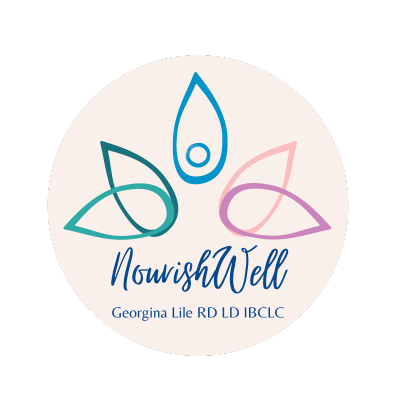Benefits of Skin-to-Skin Contact for Mom and Baby
What Is Skin-to-Skin Contact?
Skin-to-skin means your baby is placed belly-down, directly on your chest, right after they are born. Your care provider may dry them off, put on a hat, and cover you both with a warm blanket as your baby gets settled on your chest. The first hours of snuggling skin to-skin let you and your baby get to know each other. It also has important health benefits. If baby needs to meet the pediatrician first, or if you deliver by c-section, you can cuddle skin-to-skin as soon as possible.
A Smooth Transition
Your chest is the best place for your baby to adjust to life in the outside world. You were their place of warmth, feeding and comfort for the past nine months. The best way to bring the baby back into this place of comfort and warmth with you is skin-to-skin cuddling. Newborns crave skin-to-skin contact. With skin-to-skin time, babies are calmed by their mommies’ heartbeat and breathing rate. Mom’s and babies have nerve fibers on their chests that are activated by skin contact in a way that does not happen through clothing. Mom's body will respond to this activation, by warming to the exact temperature the baby needs to stay warm. These babies have lower levels of the stress hormone and feel less pain. Compared with babies who are swaddled or kept in a crib, skin-to-skin babies stay warmer and calmer, cry less, and have better blood sugars. These babies also feed and gain weight better. Keeping your baby skin-to-skin in their first few weeks makes it easy to know when to feed them, especially if they are a little sleepy.
Bonding
Skin-to-skin cuddling has a positive impact on how you mother your baby. Skin to skin cuddling increases oxytocin, the hormone that helps moms to be loving and caring with their babies. It makes new pathways in mom’s brain to be an attentive, loving, caring momma bear to her baby. This hormone also reduces a mother’s pain after childbirth and makes her feel more relaxed. Researchers have watched mothers and infants in the first few days after birth, and they noticed that skin-to-skin moms touch and cuddle their babies more. Even years later, skin-to-skin moms were observed to snuggle more with their children.
Breastfeeding
Skin-to-skin contact is effective at increasing mom’s milk supply. Skin-to-skin practice increases hormones needed to make milk and is associated with bigger milk supplies. Babies who practice skin-to-skin, display better and more effective breastfeeding behaviors. Families that practice in the hospital are more likely to exclusively breastfeed longer than those that do not practice skin-to-skin.
Long-term Benefits
Skin-to-skin reduced cortisol (stress hormones) in moms and babies. It decreases anxiety in both moms and babies. It builds pathways in babies’ brains to be better able to cope with stress. Up to 10 years later, one study showed that children that had practiced skin to skin have better coping skills in stressful situations. Babies that practice skin to skin have displayed faster social and cognitive development compared with babies that did not practice skin-to-skin contact.
How to Prepare for Skin to Skin Snuggle Time
Expect to spend an hour after delivery alone with your baby and or your birthing partner. Let visitors know that the first hours are for you to get to know your baby. Talk to your doctor ahead of time and let the hospital know that you want to practice skin to skin cuddling right after your baby is born. Most local hospitals are already doing this, but let them know this is your plan.
Skin-to-Skin Beyond the Delivery Room
Keep cuddling skin-to-skin after you leave the hospital. Your baby will stay warm and comfortable on your chest, and the benefits for bonding, soothing, and breastfeeding continue well after birth. Skin to skin is a great way to calm a fussy baby between feedings. Babies feel safe and secure on mom’s chest. If baby has just eaten, but gets fussy as soon as you put them down, they might be saying “I want to cuddle with you”. Wearing your baby safely in a sling is another way to continue skin-to-skin when you get home from the hospital*. Baby wearing keeps your baby calm and cozy while leaving your hands free for other activities. Dads can also snuggle skin-to-skin and wear baby. It helps dad to connect and build a close relationship with the baby. Fathers and mothers who hold babies skin-to-skin often, have calmer and happier babies.
*Baby must be healthy and full term to safely use sling.
GEORGINA LILE IS AN IN-NETWORK PROVIDER FOR AETNA
Many Aetna plans cover up to 6 visits with a lactation consultant if you need support with breastfeeding or a prenatal breastfeeding class; with no out-of-pocket cost to you.
During the Covid-19 pandemic, Aetna is covering virtual lactation care from an in-network provider like myself at no cost to you.
She also accepts some Blue Cross Blue Shield, Cigna and United Plans through Lactation Network. Coverage varies.
